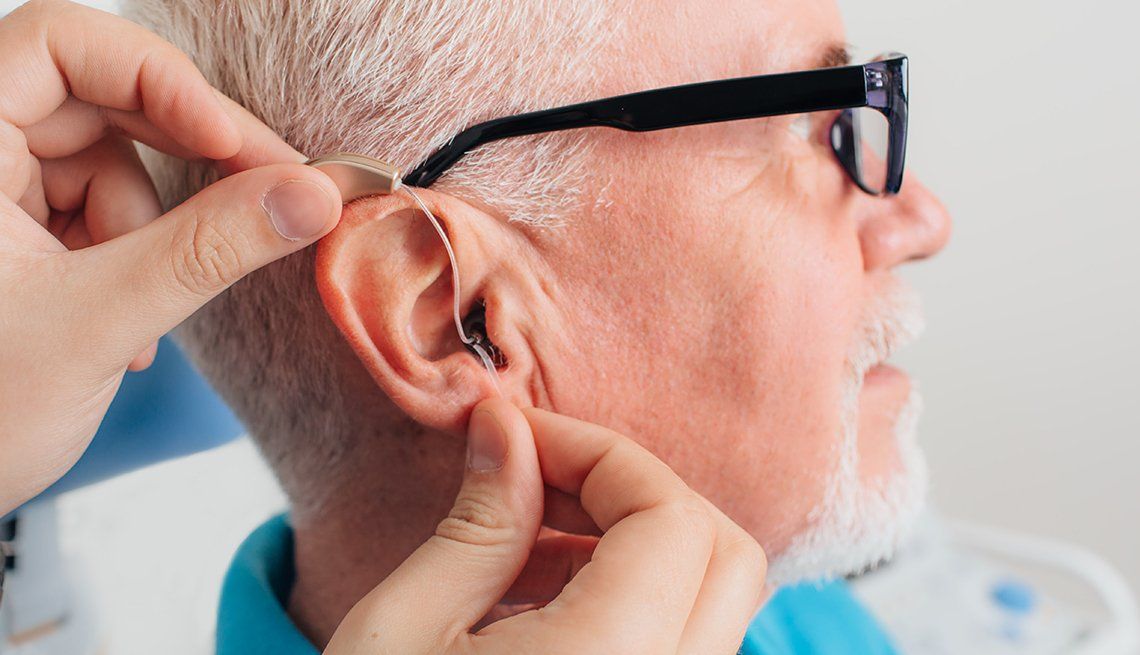Why Hearing Care Is Never One-Size-Fits-All
There’s no single solution to hearing challenges — and that’s a good thing. Every person’s hearing loss is unique, shaped by their specific hearing profile, lifestyle, and overall health. That’s why at Red Door Hearing, we take a personalized approach to care.
Even for something as common as hearing aids, the path to success varies from person to person. But while individual experiences differ, there are shared milestones and proven factors that contribute to long-term success in hearing health.
What Does Success in Hearing Care Look Like?
The definition of success in hearing care is different for everyone. For some, it means hearing conversations more clearly in noisy environments. For others, it means reducing the impact of tinnitus or improving their sense of well-being.
Still, most journeys follow a similar path, built on three essential milestones:
- Booking a hearing test
- Committing to a treatment plan
- Consistently using hearing aids in daily life
The First Step: Booking a Hearing Test
Getting your hearing tested is a major success in itself.
Many people delay hearing exams — often because of uncertainty, stigma, or simply not realizing how much their hearing has changed. But early action makes a real difference. Key motivators that often lead to scheduling a hearing test include:
- Support from family and loved ones
- Missing out on favorite activities
- Frustration with ongoing hearing issues
Short-Term Success: Wearing Your Hearing Aids
Short-term success means taking action — and actually wearing your hearing aids regularly.
It’s more common than you’d think for people to invest in hearing aids, only to leave them unused. Maybe they’re uncomfortable. Maybe they don’t seem to help. Or maybe the style just doesn’t feel right.
That’s why Red Door Hearing takes the time to find the right hearing aid for your needs and preferences. From fit to function to features, our audiologists help you choose devices that work for your life.
Long-Term Success: Making Hearing Aids Part of Daily Life
Long-term success happens when hearing aids become second nature.
You put them in first thing in the morning without hesitation. You don’t feel the need to remove them throughout the day. And you notice the difference — from catching soft sounds to feeling more relaxed in social settings.
That’s when you know your hearing care plan is truly working.
What Factors Lead to Hearing Success?
While the journey is personal, the following factors play a big role in achieving better hearing outcomes — and they don’t require any extra cost, just commitment.
Involvement of Family
Family support can be a game changer. For adults, bringing a loved one to your appointment can offer emotional support and help reinforce communication goals. For children, family involvement is even more critical in teaching advocacy skills and building confidence.
Letting Data Guide Decisions
A hearing test isn’t just a pass/fail check — it gives us valuable information about your hearing thresholds, potential causes of hearing loss, and treatment options. Our audiologists use this data to tailor your care, ensuring you get the right device and support.
Choosing Technology Based on Your Needs
It's easy to get caught up in features like Bluetooth and rechargeable batteries — and while they’re helpful, the most important thing is matching technology to your hearing profile. We focus on what will actually benefit you, not just what’s new.
Professional Hearing Aid Fitting
Even the best hearing aids need to be programmed correctly. Using real ear measurements, we fine-tune your devices to ensure they’re delivering the right amplification — exactly where you need it — while they’re in your ears.\
Staying Positive
Adjusting to hearing aids takes time. Practice, patience, and a positive mindset can make all the difference. Celebrate your wins, stay committed to the process, and remember that better hearing is within reach.
Ready to start your hearing journey?
Book a hearing test with Red Door Hearing and let us help you take the first step.


